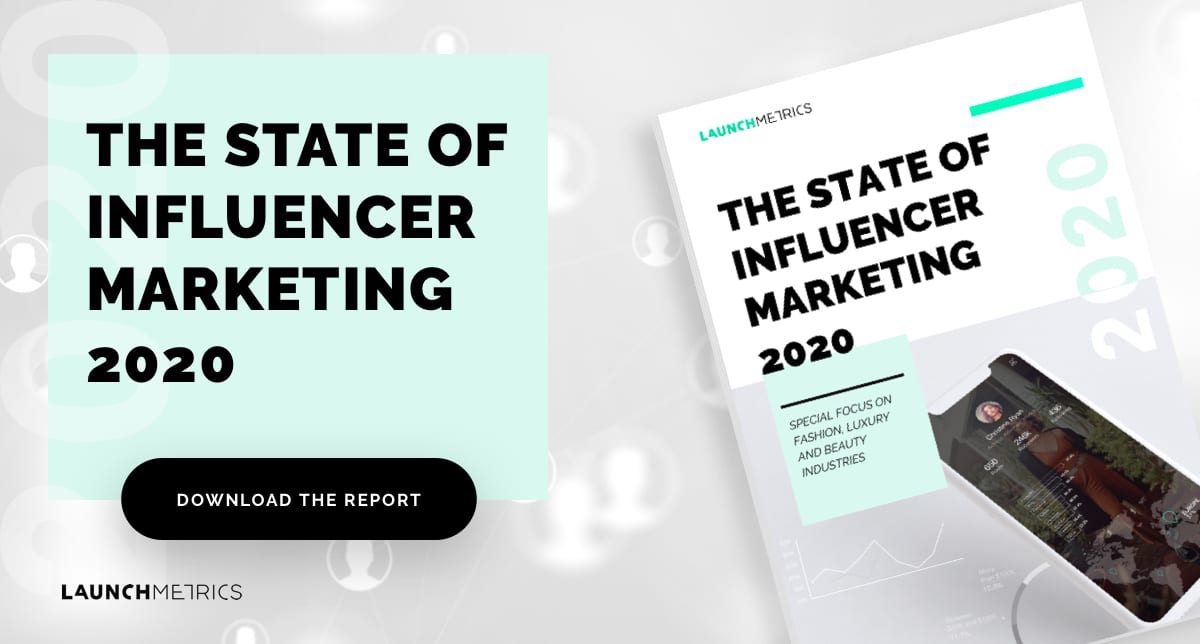Recently, we launched our State of Influencer Marketing Report 2020, where we surveyed over 900 professionals and influencers, to get their take on the current landscape of the influencer marketing industry. In this year’s report, we saw that the second-most targeted region for fashion, luxury, and beauty brands when it comes to influencer marketing was Asia (just after Europe). We spoke with Alessandro Biamonti, PR and Communication Manager at MSGM, to understand his view of different marketing strategies, particularly with KOLs in Asia.
#StateofInfluence: A Conversation with Alessandro Biamonti of MSGM
How different, based on your experience, are influencer marketing strategies involving KOLs in a region like Asia compared to Europe or the USA?
Both in Asian and Western markets, influencer marketing strategies are characterized by very similar reasoning. The big difference consists of the potential sounding board that an Asian KOL has compared to most of their western counterparts. It depends both on the size of the markets themselves (e.g. Mainland China) and on the communication power the KOLs can acquire in their country or that can go beyond geographical borders, also influencing the neighboring markets.
The case of Korean influencers is the quintessential example. Thanks to their taste and style, they are recognized as fashion gurus by their Chinese neighbors, sometimes even more than their own fellow countrymen and women.
Often these dynamics can be found in the system of the American celebrities which are idolized and followed also by Europeans. In Europe, beyond a small “crew” of international influencers, each country has a large number of regional micro KOLs that can be equally effective but in a more focused and limited way.
Following the Covid-19 crisis, how do you feel the landscape of marketing via KOLs has changed? Do you think there will be differences between Europe / USA and Asia?
In the last two months, global influencer marketing strategies have been adjusted, transformed, and sometimes even canceled. Being structured in the old way, they could no longer find consensus and no longer reflect the general renewed sentiment of consumers.
At MSGM, rather than focusing on sales, we preferred to conceive communication projects aimed at entertainment and attracting the interest of our community that was no longer in bulimic e-shopping but aware of a much more delicate and serious reality. Before Covid-19, influencer marketing activities used KOLs almost exclusively as the actors considered most effective in reaching a brand’s target. Since the first days of the emergency, it has been decisive to involve directly the consumer in the activities. KOLs continue to be used to amplify messages but they are no longer the exclusive protagonists capable of making a campaign effective.
Could you tell us about any campaigns or projects with KOLs as an example?
As mentioned, we preferred not to activate a project with KOLs only but to propose a cross-cutting activity that, through Social Networks, directly involved our community. At the end of March, we launched The Bliss of the Everyday, a contest placed on Instagram in which users were asked to share – through a dedicated post and official hashtags – a moment of (extra)ordinary beauty of their daily life. The most interesting pictures and videos have been shared in the official MSGM IG account.
An opportunity to transmit the values of the brand, entertaining and encouraging those who, like many of us, have faced a forced routine within their home walls.
We hope you enjoyed this interview with Alessandro Biamonti of MSGM on influencer marketing strategies in Asia, and how they are so integral to fashion and luxury brand campaigns. Read more insights, see stats, and explore how the new fact of influencer marketing will be shaped in our new report below:

